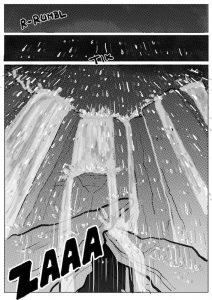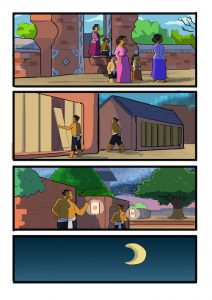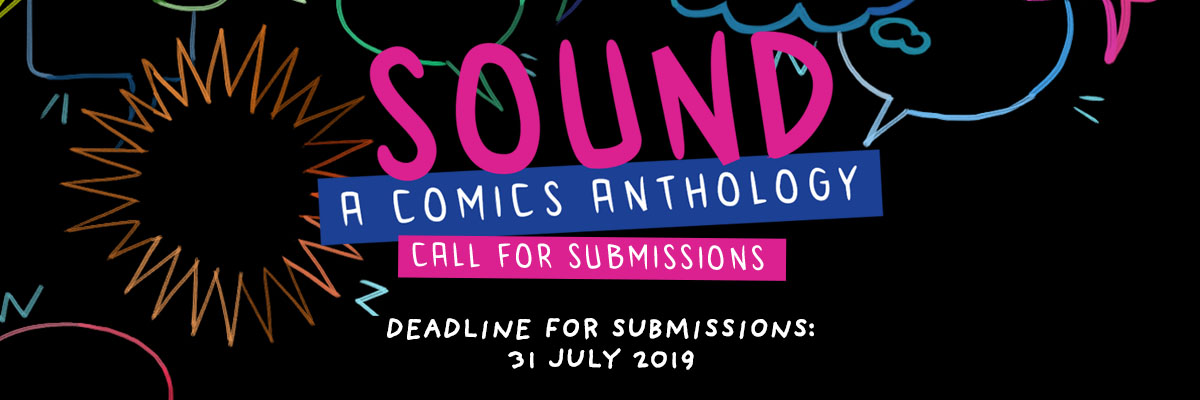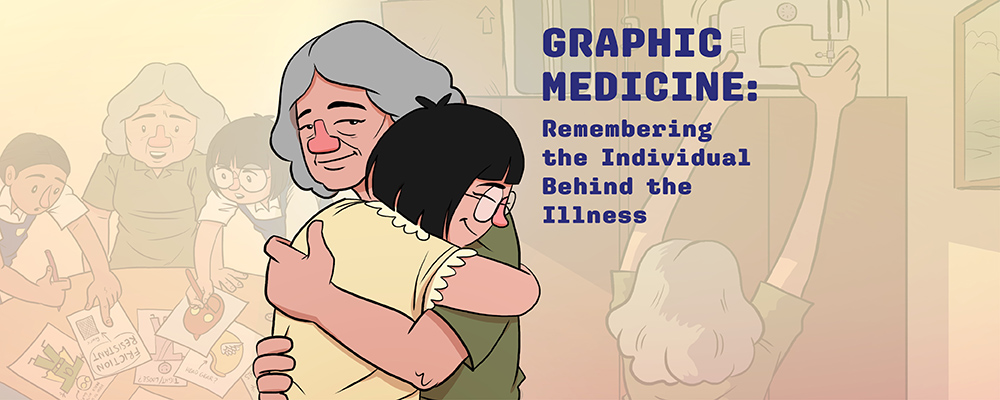Stephani Soejono is an Indonesian comics creator with a background in animation. She has worked on Tale of the Bidadari and Here Be Dragons, two fantasy comics set in Indonesia. Here she talks about putting cheap stationery to good use, improving comics with in-depth research, and letting stories brew in her mind for a long time before writing it down.
Tell us what kinds of comics, books or media have a strong influence on you.
Stephani: I read a lot of manga when I was younger, as do other artists in this region, but I was also heavily influenced by animation because that’s my university major. I was mad about Doraemon, Time Limit! Nina and Kenji. I read a lot of Terry Pratchett and Ray Bradbury in college. I love the unabashed optimism they convey, with a spoonful of playful cynicism on Pratchett’s part. The standouts from them are Going Postal, Small Gods and Fahrenheit 451.
I do like Pramoedya Ananta Toer’s work, and not just his Buru Quartet, but also his writings on gender politics. I especially like Gadis Pantai and Calon Arang which show how traditional Javanese society treats women. I’m currently reading Diana Wynne Jones’s Reflections: On the Magic of Writing and have been reading Ursula K. Le Guin’s short stories on and off. She has a way with frankness. Recently I am hooked on Dungeon Meshi, a manga covering two super niche genres which are RPG and Cooking, and surprisingly, it works. I like that it started a bit generic but eventually developed its own voice. Ryoko Kui must cook some killer diners.
What got you started on drawing comics seriously?
Stephani: Two reasons, the first was to appreciate my day-to-day life in 2009 (which became my self-published comic Banana in Canada) and the second was to help me deal with the frustrations I experienced as a storyboard artist in an animation studio. I am very invested in my work, but at the end of the day, the cartoon belongs to the studio. I want something of my own.
Do you have any favourite drawing tools and habits that you’d like to share with us?
Stephani: To be honest, since I do the “finished” work on my computer, I don’t know if I have a “tool” I love best? I do love the virtual inking brush I made myself. I started drawing with cheap ballpoint pens and I still love them for brainstorming ideas because you don’t feel as much pressure to make it “super nice”. One expensive equipment I love is the Col-Erase Animation Pencils which I use to do rough sketches for manually drawn and inked comics. Interestingly I ink with the cheapest tool I can find, a Snowman Black Ink Marker. At 30 cents a piece, it’s surprisingly easy to control and easy to draw with. A lot of Indonesian artists start inking with this, though maybe not the new generation who have iPads and tablets since they were a baby. Habits, eh? I draw 5 days a week. If possible, I like to draw during my commute, but if the bus is too shaky, I don’t.
Which step of the comic-making process do you enjoy the most? And which step do you find the hardest?
Stephani: I rather relate to Jeff Smith’s dilemma, which is, when you’re writing or storyboarding your comic you want the best, most bombastic thing imaginable. But when you’re drawing it, you’re yelling at yourself, “why couldn’t I have made things easieeerrr?” That said, I enjoy drawing the architecture and exterior shots of my current comic, not so much the crowd of people that go along with it. (“Why did I set this story in a cityyy?”)

A draft page of Here Be Dragons
I actually do enjoy every step of doing comics. My biggest struggle is balancing comics and my day job. As it is, I’m not Akira Toriyama making Dragon Ball Z money so I have a day job to pay my bills.
What has been your most satisfying project to date?
Stephani: Actually all of them! No, really, this is the perk of doing an original indie comic. I think the most satisfying page I’ve drawn that’s been published is the rainstorm in Tale of the Bidadari because I’ve never drawn a torrential downpour and it came out so nice. In Here Be Dragons, there is a page where the sun goes down and the day slowly turns to night. No main characters are featured but it is a satisfying page. I can show you guys down here because there is no spoiler in it.

The rainstorm page from Tale of Bidarari

The sunset scene from Here Be Dragons
Do you find that your background and cultural experience influence your work?
Stephani: Very much so! Generally speaking, because I used to work in animation I have a thing for a clearly spelled out schedules and deadline. As of late, my comics are set in Indonesia but have fantasy settings because I read a lot of fantasy literature in my college days. Usually, a lot of Indonesian books are either love stories or high brow literature, like Eka Kurniawan’s Man Tiger and Beauty is a Wound. But both my comics Bidadari and Dragons are quite different from that. Dragons in some ways is easier to write because it’s based on where my parents came from.
What is your research process like and how do you turn that into good stories and illustrations?
Stephani: I usually write big story outlines first, then do research and make revisions. I use Google, the Web Archives of Leiden University for Indonesian research, several encyclopedia of Indonesian flora and fauna (bought at a library sale for $1 each or gifted to me by my parents), and conversations with academic friends. I look up the settings, the costumes, and the sociological construct of a particular society. For Dragons, I also looked up various myths and legends to incorporate fantasy creatures into the story.
The biggest change I have made so far thanks to research was the way I scripted a scene in Dragons. I previously had menace implied through looming architecture, but it turns out town planning in precolonial East Java was very open-concept. So I had to rejig that and rely more on character expressions than buildings.

An excerpt from Here Be Dragons showing Javanese precolonial architecture and fantasy creatures
What are some misconceptions about being a comics creator that you’d like to dispel?
Stephani: Well, a few. First, comic artists get to draw all the time, which is not true. I still have to do research, deal with clients, and invoice people. We don’t just sit around collecting royalty like J.K. Rowling. Most of us either have a day job or work multiple projects at the same time, not just idling around waiting for “inspiration”.
Second, that making comics is easy or people only do it when inspiration strikes. Don’t get me wrong, I enjoy doing comics, but by and large, works are not easy. I usually don’t really start writing or conceptualising anything long form until the idea has pestered me for more than a year. In my experience, if the idea only pestered me for a week tops, it will usually float away soon or be difficult to expand on. Maybe it’s different for manga artists or for-hire comic artists, but since I have a day job I have some amount of freedom to conceptualise longer.
What kinds of stories would you like to see coming from Indonesia or Southeast Asia?
Stephani: I’d like to see more stories from artists with marginalised background and not from Java Island. I also want comics from certain genres to expand, like Komik Silat (martial arts comics) which has a lot of potential but most artists just take a template and run with it. I think these genres can be examined deeper or be looked at from a different angle.


![[OPEN CALL] DELAY: A Comics Anthology](https://differenceengine.sg/wp-content/uploads/2024/02/Delay-header-web.jpg)



